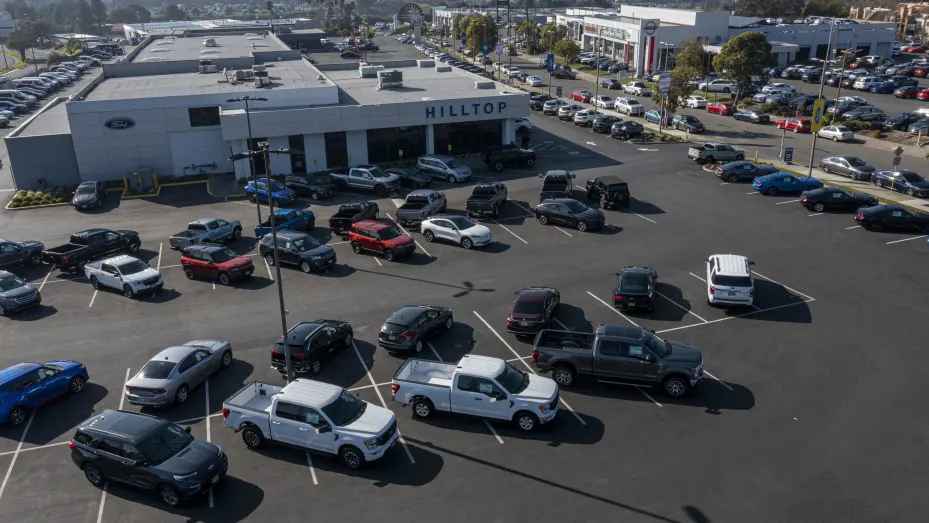
One of the best car-shopping weekends prepandemic is more of a dud these days.
Amid the auto industry’s manufacturing challenges due to persisting supply-chain issues, Memorial Day sales are generally minimal to nonexistent this year.
“It’s looking pretty bleak, to be straightforward about it,” said Ivan Drury, senior manager of insights for Edmunds. “It’s getting harder and harder for people to get a new car with the features they want at the price they’re willing to pay.”
The average amount paid for new car is more than $45,200, up 18.7% from a year ago, according to a joint forecast from J.D. Power and LMC Automotive. Buyers are paying about $700 above sticker price on average, Drury said.
At the same time, the average incentive offered by dealers has dropped to an all-time low of $1,034, compared with $2,996 a year ago, the J.D. Power/LMC forecast shows. Generally speaking, dealers don’t need to offer much in the way of incentives to sell cars these days.
In fact, despite the pace of sales being down 23.8% from a year ago due to reduced inventory, the average per-car profit at dealerships is $5,046 up from $2,733 a year ago.
[“source=cnbc”]



